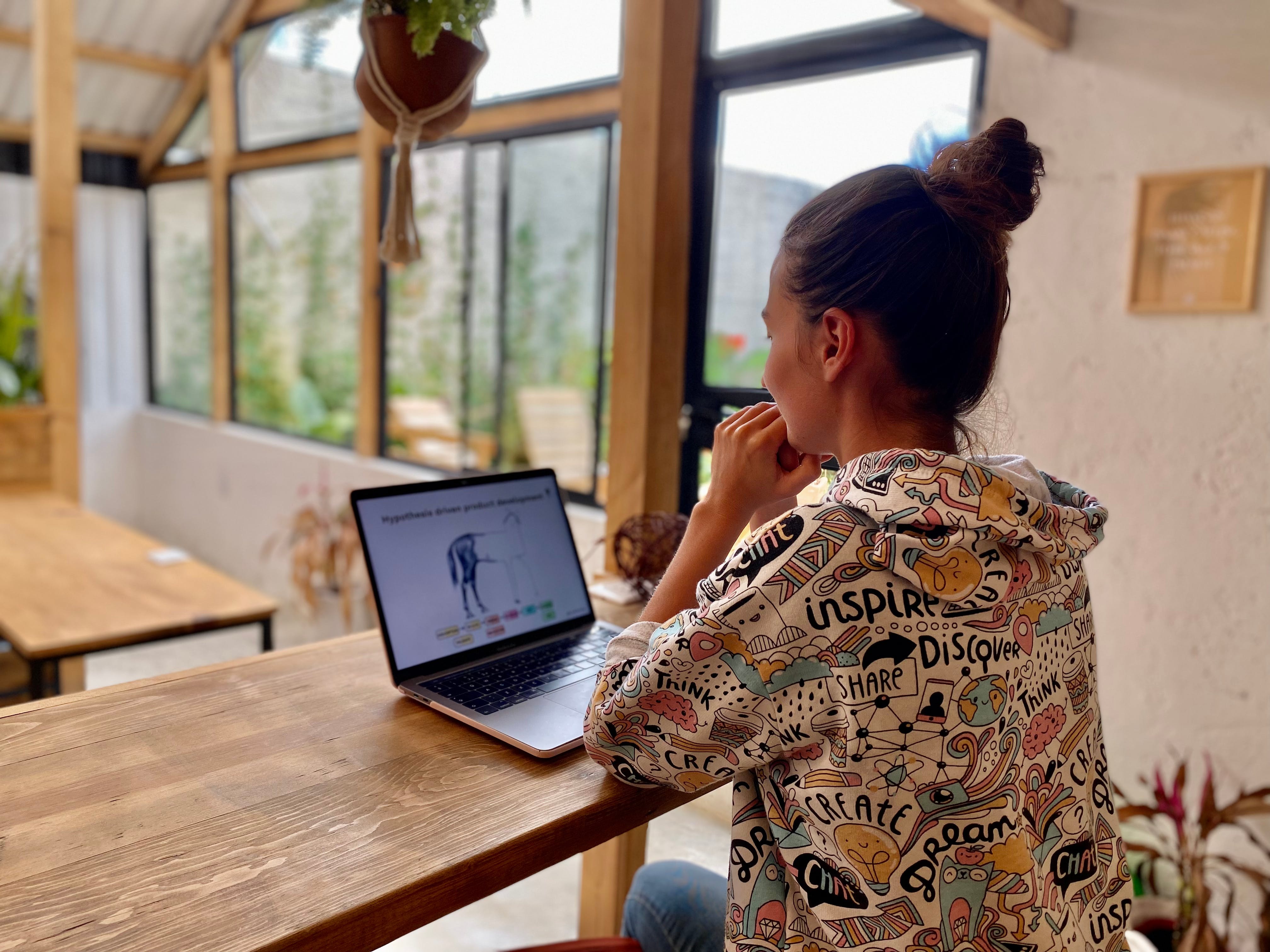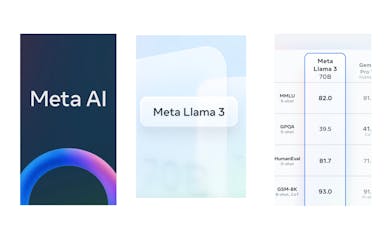How to ship faster with design sprints and no-code

If you have ever wanted to solve a problem for your users but ended up building something they don't need, you are not alone. Creating products is hard for everyone — makers, early-stage startups, and big well-established companies.
How can you avoid this trap and validate ideas faster?
No amount of frameworks, canvas, or lean sprints can help you build a great product if you fail to understand your audience. Makers can combine a design thinking approach and no-code development platforms or tools, marrying a strong customer focus with speed.
While working in product marketing for the last seven years, I used all these frameworks to ship faster.
Design Thinking and Design Sprints were my go-to tools for releasing products in my own startup, Flawless App, where we got 17,000 users from teams at Uber, Basecamp, Spotify, Nike before being acquired by US-based design company, Abstract. As a maker who has launched 14 products to Product Hunt and won Silver Kitty Award, I've utilized all the potential of no-code tools myself! I love working with website builders (Tilda, Webflow), powerful doc editors (Coda, Notion) and databases on steroids (Airtable).
Design Thinking in Product Development
Design Thinking is one of the most talked-about terms in the product world. It is a 5-step nonlinear process that helps bring abstract ideas to life and validates them faster through user-testing and iterations. Let’s talk about each of the steps and understand how it works in practice:
1) Empathize/User research: Understand your user problems, needs, behavior, internal motivations. Ask the right questions (both of users and your team members), focused on past behaviours, evidence, and facts. If you want to learn more on asking questions, take a look at “The Mom Test” by Rob Fitzpatrick.
2) Define: Define user personas/segments (UX Persona, Buyer Persona) and identify the problems faced by them. A problem statement, job stories, or user stories can help you with that:
- Problem statement can be a short document, describing the outcome which users want to get and why they are unhappy with existing solutions.
- Job stories are a part of the Jobs to Be Done methodology and follow this format: “When (situation) occurs, I want to (list motivations and forces), so I can [outcome]”.
- User stories are widely used in software development. They outline desired outcomes from the users’ perspective and follow such structure: “As a (persona), I want to (action) so that (outcome).
4 & 5) Prototype and Test: Bring your idea to life and test it. Reiterate if it doesn't fall under the success metrics you defined. This concept is very similar to the lean startup framework.
Design Thinking focuses on observing problems from the most important perspective — the users. So how can you embed Design Thinking in your team's workflow (even if you are a team of one)?
The magic of Design Sprints
Design Sprints are intensive weekly product development exercises covering ideation, design, prototyping, and testing — all with a user-centered focus. In simpler words, Design Sprints apply Design Thinking within a timeframe. The timeframe can be flexible or strict but it typically runs 5 days from Monday till Friday.
Design leader, Tim Höffer, explains why sprints work like magic (if done correctly):
"The goal of a design sprint is not to spit out a perfect solution at the end of one week but to get feedback on one or two of many possible solutions."
The structure of Design Sprints typically resembles the steps of the Design Thinking process at its very core:
- Understand (Empathize)
- Diverge (Ideate/Brainstorm)
- Decide (Define)
- Prototype
- Validate (Test)
These sprints are agile by nature and can be challenging to follow, but they also come with multifold benefits, like reduced risks, increased speed, and better collaboration.
Design Sprints are widely used by startups like Lambda School, Makerpad, and cross-functional teams across Google, Uber, Slack, Twitter, Airbnb. All of them consider Design Sprints to be a great user-centered approach for rapid idea testing.
Now let’s discuss how Design Sprints can result in releasing the functional product, which users can test right away.
Here come no-code tools
As the CEO at GitHub, Chris Wanstrath said:
“The future of coding is no coding at all.”
No-code tools help you build web pages, mobile apps, internal applications, and connect payment systems, email senders, APIs or database syncs, CRMs, spreadsheets without writing a lot of code. For example, makers can easily turn a Google document into a landing page and Google Drive folder into a searchable, hyperlinked company knowledge base without much technical experience or the need to write any code.
No-code tools and platforms have been around for a while (as evidenced with the Google example) but in recent years, they’ve been booming (I’m sure you have seen many of them on Product Hunt).
Creating your MVP with no-code platforms comes down to using visual “drag and drop” interfaces. With some, you don’t need to know any programming languages at all. No-code combined with Design Sprints make MVP testing faster and can cover a wide range of tasks for many types of products. While some complex products may require traditional development.
If your team is on the idea testing stage, these tools & platforms are your best friends. They are time-saving, budget-friendly, user-friendly, easily switchable, and allow rapid testing.
Keep in mind, there is a lot of prep work that goes into running a successful Design Sprint and choosing the right no-code tool. In any case, no-code platforms allow you to run sprints and test products in a matter of weeks. That means you can validate all your assumptions with real users — right now! No-code tools help you sprint faster towards user feedback.
The Perfect Combo
Take a look at these great no-code tools & MVP stack that can fit your Design Sprint process:
- Platform to get a no-code team: WeLoveNoCode
- Collaboration tools to outline your MVP: FigJam, Miro, Mural
- Prototyping & design tools to make shareable designs and clickable concepts: Figma, InVision, Marvel.
- Forms creators & user research tools: Typeform, Google Forms, Calendly
- Website builders: Webflow, Squarespace, Carrd, Bubble, Tilda
- Mobile apps builders: Adalo, Glideapps, Bravo Studio Apps
- Web app builders & automation tools: Bubble, Zapier, Integromat, IFTTT
- Databases: Notion, Airtable, Coda
- Newsletter and email builders: Substack, Mailchimp, SendGrid
- Chat & customer care: Crisp
- Tools to collect payments: Buy Me A Coffee, Gumroad, Stripe
While I’m not going to dive into the pros and cons of these tools, their core purpose is to let you focus on the idea at its heart and ship faster. Each of them can help you to accomplish that. And, as we already know, it’s not only about shipping. It is about meeting the user's needs.
The power of no-code tooling for building your MVP is almost endless. Don’t ignore it. Combining your tested assumptions, developed during the Design Sprint, with the speed of no-code development will bring your product to life in weeks, not years.
Everyone can build products that users love.
–
Lisa Dziuba is a Forbes 30 Under 30, Product Marketing Leader and maker. She is a former Head of Marketing & Community at Abstract SDK. Prior to that, she co-founded Flawless, a development startup, which was later acquired by Abstract.






